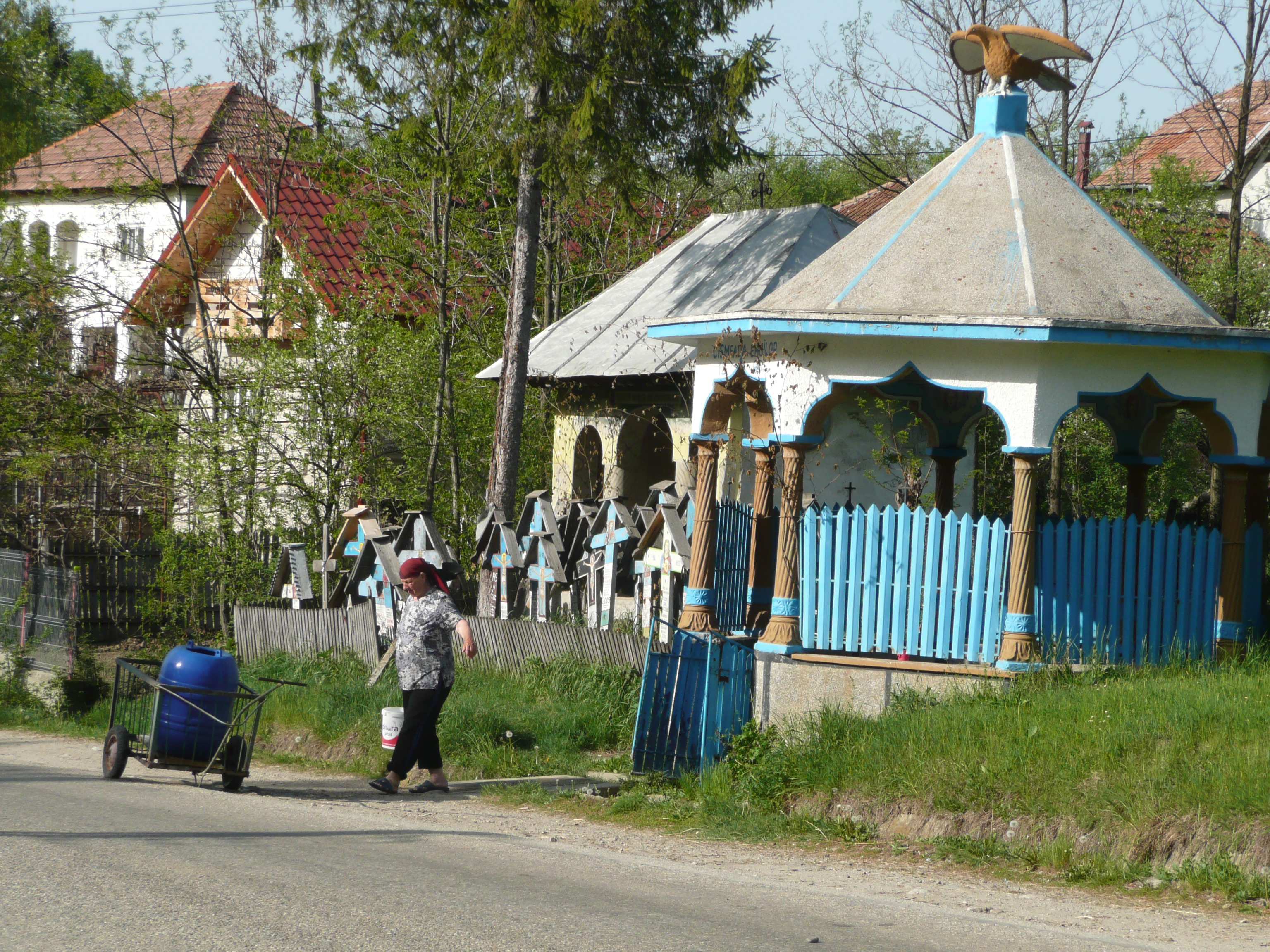
The current revived nationalism in the region clearly has consequences for minorities, bringing about tensions within and between countries. The present minority issue in the Danube basin most of all concerns the sizable Roma communities in the accession countries of 2004/2007. In the whole of the European Union an estimated 10-12 million Roma live as a transnational minority. Although the adverse situation of the Roma was addressed during the accession process, discrimination and exclusion continue to persist; the situation is sometimes even exacerbated. Many populist and nationalist politicians are hostile towards the Roma, using them as scapegoats and reproducing discriminatory practices. Above all, Roma cannot be regarded in the same manner as other national minorities because they lack a clear territorial base or connection to any nation state. They are transnational people. Clearly the parallel to the position of Jews in the region before World War II is jumping to the eye.
Factual state of affairs of selected countries in the Danube basin at the time of EU accession 2004 (figures from national statistics)
CZECH REPUBLIC
| Minorities
|
1. Largest minority: Roma (estimated 275,000) – are considered an ethnic, not a national minority as all the others, because their position in the society differs significantly from the other minorities due to historical reasons mainly.
National minority groups: 2. Slovaks (150,000) 3. Poles (40,000) 4. Germans (39,000 – a fraction of the one-time large minority, 2011 only 19,000!) 5. Hungarian (10,000) 6. Ukrainians & Ruthenians (5,000) 7. Russians (numbers are on the rise) 8. Bulgarians (4,000) 9. Croatians (they faced oppression during communist times and were forcefully resettled and nearly eradicated) |
| International legal obligations | Ratification of all international legal acts, incl. FCNM, CRML |
| National legislation | Constitution
Charter of Rights and Freedoms Minority Act |
| Institutional protection | Council of the Government for National Minorities
Ombudsman |
| Special institutional protection of Roma | The “Concept” 2000
Roma face significant problems in the field of housing, employment and education. They are frequently victims of racially motivated attacks. There were reports of alleged coercive sterilisation of Romani women, which was a common practice in communist times but should have ended with the democratisation process. There is a lack of adequate comprehensive anti-discrimination legislation and a lack of evaluation mechanisms. Central government institutions are unable to influence local policies effectively. |
HUNGARY
| Minorities
|
1. Roma (estimated 400,000-600,00) ethnic minority
National minority groups: 2. Germans (200,000-220,000) 3. Slovaks (100,000-110,00) 4. Croatians (80,000-90,000) 5. Romanians (25,000) 6. Serbs (5,000) 7. Slovenians (5,000) |
| International legal obligations | FCNM, CRML |
| National legislation | Constitution
Special Law on Rights of National Ethnic Minorities: Minority Act |
| Institutional protection | Office for National and Ethnic Minorities |
| Special institutional protection of Roma | Office of the Parliamentary Commissioner for Ethnic and m<inority Rights
Office of the Minister’s Commissioner for Integration of Roma and Disadvantaged Children National Gypsy Self-Government Roma face multiple discrimination, e.g. in the fields of housing, education, on the work place. They a riddled by poverty and an extremely high unemployment rate. But Hungary has made a considerable effort in protecting the Roma community, but especially the issue of segregated schooling of Roma is immensely complex, as the European Roma Rights Centre with its seat in Budapest reports. |
SLOVAKIA
| Minorities
|
1. Roma (estimated 480,00-520,000) 10% of the population (officially the numbers are much lower)
2. Hungarians (520,000 – 2011 reduced to 460,000) 3. Czechs (44,000) 4. Ruthenians (24,000) 5. Ukrainians (11,000) |
| International legal obligations | FCNM, CRML |
| National legislation | The Constitution
Right for Education in the native language EU directive on prohibition of discrimination |
| Institutional protection | 10 governmental institutions for the protection of minorities: Actual practice shows that the laws are not properly and fully applied. Minority language use is not consequently guaranteed (i.e. the minority has to represent at least 20% of the overall population of a certain municipality) |
| Special institutional protection of Roma | Action Plans for the Prevention of All Forms of Discrimination, Racism, Xenophobia, Anti-Semitism and Other Forms of Intolerance
Commission for Addressing Racially Motivated Violence
The Roma suffer disproportionally from higher rates of poverty, unemployment (up to 80%), illiteracy, crime and disease. The government has made an effort in the field of education with introducing zero-grade classes to improve school entry standards, but segregation persists. The right of education in the native language does not include the Roma as a minority with the right for education in their native language. The relations between the majority population and the Roma have not changed for the better. Unfortunately, due to the increased efforts of Roma to emigrate to EU countries, general societal attitudes towards Roma in Slovakia have even worsened. |
SLOVENIA
| Minorities
|
1. Roma (10,000)
2. Hungarians (7,000) 3. Italians (3,000) |
| International legal obligations | FCNM, CRML |
| National legislation | Constitution |
| Institutional protection | Italian and Hungarian members of parliament
Ombudsman |
| Special institutional protection of Roma | A fixed number of seats are reserved for Roma in the councils of local municipalities in which they reside
In the north-east of the country Roma are integrated in society, but in the south they are not and therefore frequent tensions arise between the local population and Roma communities. |
Literature:
Flasikovy-Benova, Monika ed., Roma: A European Minority, S&D 2011
FRA Report, The Situation of Roma EU Citizens Moving to And Settling in Other EU Member States, 2009
